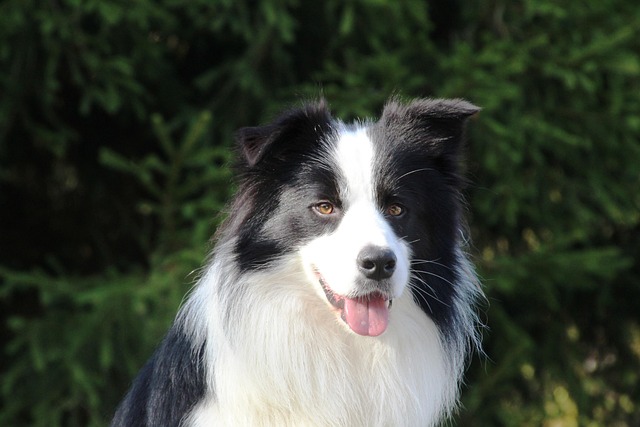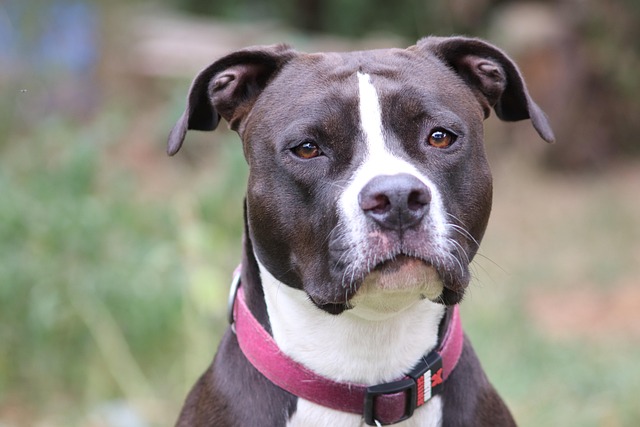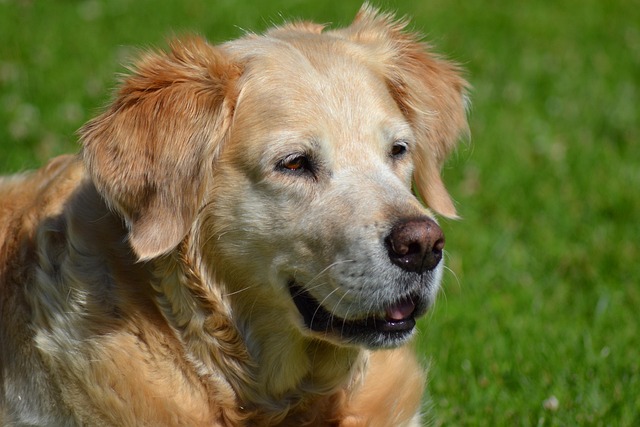
How to train potty train a dog?
Many new pet owners find themselves scrambling at 6 a.m., cleaning up a mess their puppy left by the couch.
One of the coziest parts of camping is settling in for the night, but as a new dog owner, you might be staring at your tent wondering, "Where exactly is my furry family member supposed to sleep out here?" The short answer is: the safest, most secure, and most comfortable place for your dog to sleep is right beside you, inside your tent. While the image of a dog curled by the embers of a campfire is romantic, the reality of nighttime in the woods presents real dangers that a tent wall can help mitigate.
The wilderness, even at a maintained campground, is full of nocturnal hazards that your dog isn't used to. From curious raccoons and skunks that could provoke a defensive bite or spray, to larger wildlife like coyotes or bears that might see a small dog as prey, the risks are real. There’s also the danger of your dog hearing a strange sound, getting spooked, and bolting into complete darkness, becoming disoriented and lost. A tent provides a secure, den-like barrier that protects them from these elements and gives them a sense of safety. To make this foreign space feel like home, their number one comfort will be familiar bedding from home. Bring their own dog bed, a blanket that smells like your living room, or even an old sweatshirt of yours. This familiar scent is incredibly calming and signals to them that this is a safe place to rest.

Getting them comfortable with this setup requires foresight and positive reinforcement. Long before your trip, set up the tent in your backyard or living room. Make it a fun, rewarding space by feeding them meals inside it and practicing the "place" or "settle" command on their bed, rewarding them with high-value treats for calm behavior. This pre-training is essential and must be done with patience; never force a scared dog into the tent or scold them for hesitation, as this will only create a negative association. For the actual trip, equip them with a well-fitting collar with updated ID tags and consider a lightweight sleeping pad to insulate them from the cold ground.
This commitment to your dog's safety is a fundamental part of your broader responsibilities as a pet owner, which are especially important in shared natural spaces. Before you even leave home, ensure your dog's vaccinations are current, particularly the rabies vaccine, which is a legal requirement across the U.S. and is your first line of defense against wildlife-borne diseases. Furthermore, your responsibility extends to the entire campsite community. This means your dog must be leashed or on a secured tether at all times, as per most campground regulations. It also means being meticulously prepared to clean up after your dog immediately and pack out the waste. A dog that is quietly settled in your tent is not only safe but also shows respect for the peace and quiet your fellow campers are seeking.
This considerate approach starts even before you reach the campsite. If you live in an apartment, practicing with the tent in a confined space is excellent preparation for both of you. Remember, a tired dog is a good sleeper. A long hike before evening will help them settle down for the night. By prioritizing a safe and familiar sleeping arrangement, you’re not just protecting your dog; you’re ensuring that your first camping trip together is a peaceful success, building the foundation for many more outdoor adventures to come.

Many new pet owners find themselves scrambling at 6 a.m., cleaning up a mess their puppy left by the couch.

Potty training a German Shepherd can feel like a big task, especially since these dogs are smart but also have lots of energy—meaning accidents can happen fast if you’re not consistent.

One of the coziest parts of camping is settling in for the night, but as a new dog owner, you might be staring at your tent wondering

Bringing a new furry friend home is exciting, but figuring out potty training can feel overwhelming for first-time owners.

The thought of sharing your first camping adventure with your dog is incredibly exciting—the hikes, the campfire cuddles, the stunning photos.

The dream of falling asleep under the stars with your furry best friend curled up beside you is a powerful one. But for many new dog owners